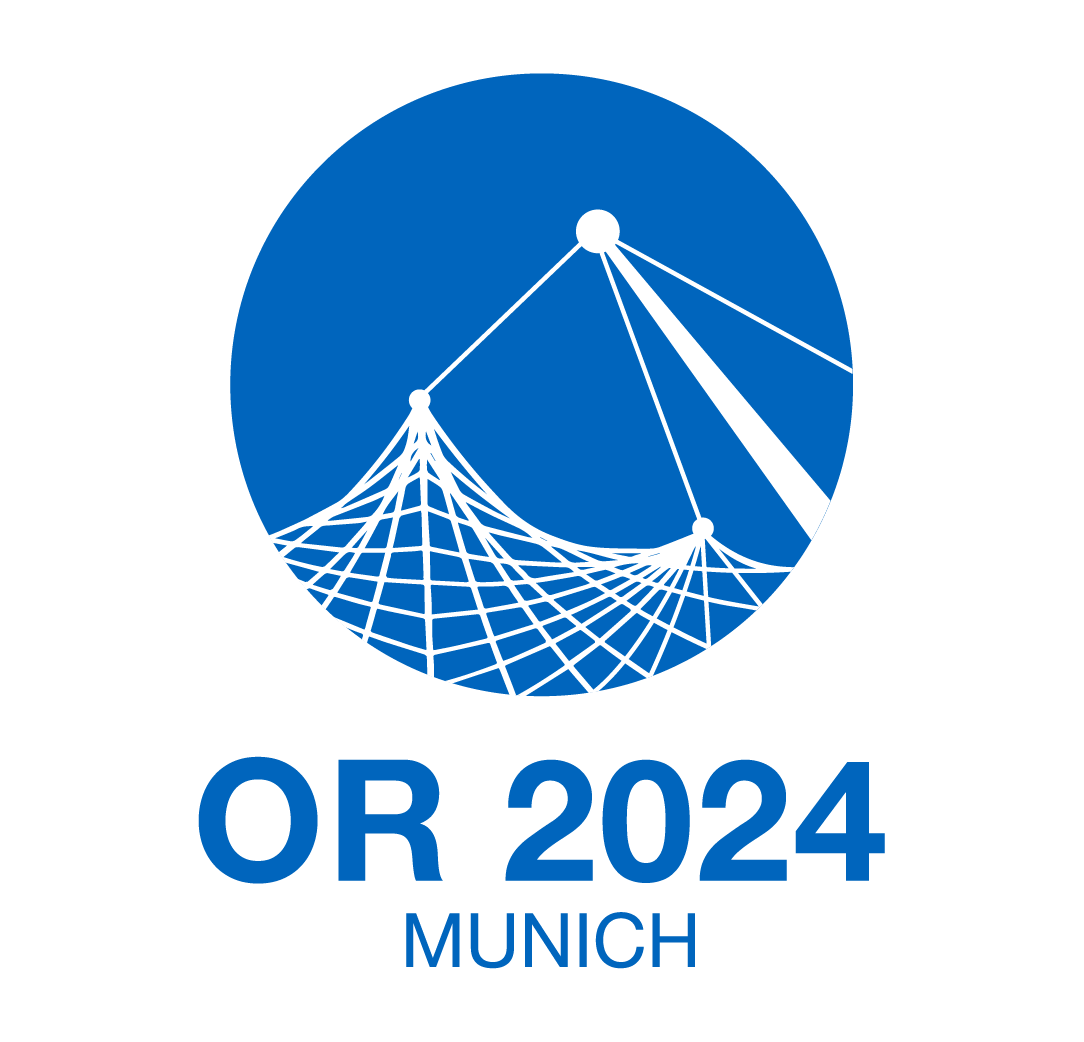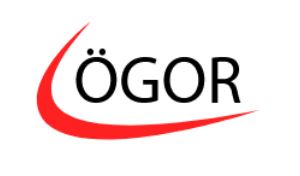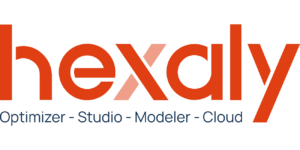Plenaries:



Dolores Romero Morales
Professor of Operations Research, Copenhagen Business School
Fairness and Transparency in AI: An OR Perspective
The use of Artificial Intelligence and Machine Learning algorithms to aid Decision Making is very widespread. State-of-the-art algorithms such as Random Forest, XGBoost and Deep Learning are built in the pursuit of high accuracy. However, it is not easy to explain how these powerful algorithms arrive at their predictions. There are well documented examples in which this lack of algorithmic transparency has had a negative impact on citizens’ lives. The opaqueness may hide unfair outcomes for risk groups, such as the lack of equal opportunities in access to social services, lending decisions or parole applications. Therefore, there is an urgent need to strike a balance between three goals, namely, accuracy, explainability and fairness. In this presentation, and with an Operations Research perspective, we will navigate through some novel Machine Learning models that embed explainability and fairness in their training.
Semi-Plenaries:

Victor Martínez de Albéniz
Professor of Operations, Information and Technology, IESE Business School
Experience Analytics: An Operations Management View
In service contexts, consumers usually travel a complex journey, structured as a sequence of interactions taking place in space and time. While these journeys have been conceptually described, their detailed dynamics are poorly understood. Only recently our community has started to use analytics to better identify what triggers certain behaviors. A process view can be extremely useful to track engagement over the journey and identify experience improvement opportunities. In this talk, we develop a Markov-Decision Process framework that integrates contextual physical and digital factors to model consumer behavior over journeys. We apply the model to distinct contexts such as museum visits, e-commerce navigation and city mobility.

Carolina Osorio
Professor and Chairholder of the Scale AI Research Chair in Artificial Intelligence for Urban Mobility and Logistics, HEC Montreal, Google Research
Urban Transportation Simulation and Optimization: Large-Scale Network Modeling Meets Machine Learning
This talk presents various physics-informed ML methods to search high-dimensional continuous spaces in a sample efficient way, with a focus on urban mobility applications. We present advances in three areas: (i) sample-efficient dimensionality reduction methods, (ii) sample-efficient simulation-based optimization algorithms, (iii) variance reduction methods for gradient estimation. We present case studies based on various metropolitan areas. We identify and discuss research opportunities and challenges in the fields of simulation-based optimization and machine learning as applied to urban mobility problems.

Mathias Goebelt
SAP
SAP Supply Chain Optimization: Optimization Methods and Future Usage of Artificial Intelligence for real-world business problems
SAP is the leading supplier of Supply Chain Management Software worldwide and offers a broad range of public & private cloud and on-premise solutions for supply chain planning, logistics, manufacturing, product life cycle management, enterprise asset management as well as solutions for more sustainable supply chains. For more than 25 years, optimization algorithms have been an integral part of the SAP Supply Chain solution portfolio.
Applying optimization algorithms to real-world, large-scale supply chains leads to significant challenges from both functional and performance perspective. To rise to this challenge, SAP is using a range of different optimization algorithms depending on the complexity of the underlying problem class, often in combination with (meta-)heuristics for improved scalability and performance.
We give an overview of the algorithms applied to different solution areas as well as examples highlighting the challenges in terms of scope, data volume and scalability of real-world planning problems of SAP customers. Application areas covered include supply chain network planning in SAP Integrated Business Planning (IBP) for Response and Supply, multi-echelon inventory optimization in SAP IBP for Inventory, production planning optimization and detailed scheduling optimization in SAP S/4HANA embedded PP/DS, vehicle scheduling and routing optimization as well as carrier selection optimization in SAP Transportation Management (TM).
To conclude, we provide an outlook on planned future innovations and give insights into current research focus areas. Key topics include the move from batch-oriented to online optimization, the application of quantum computing to real-world optimization problems and the use of Artificial Intelligence (AI).

Phil Kaminsky
Amazon
Freight Capacity Portfolio Design in a Two-Sided Freight Marketplace
In the Amazon linehaul transportation marketplace, Amazon acquires capacity to ship truckloads in its middle mile network, and provides capacity to external shippers. Because of Amazon’s high shipment volumes and commitment to rapid delivery of goods to customers, some capacity is most efficiently acquired long before it is utilized, while some capacity is best acquired immediately preceding its use. Amazon’s large internal demand for linehaul shipping means that Amazon is well-positioned to do this, acquiring a portion of capacity through medium and long-term contracts before specific demand for that capacity is identified, while delaying the acquisition of dynamically priced spot capacity for highly uncertain demand. At Amazon, we have developed a transportation marketplace, and a series of models and tools, that allow Amazon to use pricing levers to optimize its transportation capacity portfolio. This approach enables Amazon to effectively align capacity risk, supply risk and price, and to provide carriers and shippers with tools to effectively manage their operations. We give an overview of this marketplace and survey some of the models that we have built to balance and price our capacity portfolio.
Joint work with: Idil Arsik, Timothy Jacobs, Goutam Kumar, Roger Lederman, Priyanka Mhatre, Mohsen Moarefdoost, Jacob Tutmaher

Anthony Papavasiliou
Assistant Professor, Technical University of Athens, Greece
Co-Optimization of Energy and Reserves in European Energy Markets
The ambitious goals for the integration of renewable energy sources in modern energy systems in order to combat climate change implies that the electricity supply chain becomes increasingly reliant on energy sources that are inherently and, to a large extent, unpredictable and out of human control. Reserves are backup resources that are needed in order to ensure that the electricity system can operate reliably despite the significant uncertainty caused by the massive integration of renewable resources. In addition to trading energy and access to networks, electricity markets worldwide are evolving in order to improve their processes for procuring reserves. Among numerous engineering challenges that this objective raises, one can single out formidable computational challenges for optimizing the allocation of conventional generation capacity between the provision of energy and reserves, and ensuring the delivery of these reserves over networks. The institutional challenges are also important, since the economics of price formation in electricity markets are deeply affected by how reserves are compensated and the conventional roles of network operators and power exchange operators become increasingly intertwined. This presentation presents a brief overview of the organization of electricity markets and discusses the aforementioned engineering and institutional challenges, the state of play in the European energy market, as well as the potential welfare benefits and institutional implications of exploiting operations research in order to achieve a smoother coordination of conventional resources as “dancing partners” to renewable energy resources.

Axel Parmentier
Professor and Chairholder of the AI for the Air Transport Industry Research Chair, Ecole des Ponts Paristech
Recent Trends in Combinatorial Optimization Augmented Machine Learning
Combinatorial optimization augmented machine learning (COAML) is a novel and rapidly growing field that integrates methods from machine learning and operations research to tackle data-driven problems that involve both uncertainty and combinatorics. These problems arise frequently in industrial processes, where firms seek to leverage large and noisy data sets to better optimize their operations. COAML typically involves embedding combinatorial optimization layers into neural networks and training them with decision-aware learning techniques. This talk provides an overview of the field, covering its main applications, algorithms, and theoretical foundations. We also demonstrate the effectiveness of COAML on contextual and dynamic stochastic optimization problems, as evidenced by its winning performance on the 2022 EURO-NeurIPS challenge on dynamic vehicle routing.

Tarkan Tan
Professor and Chairholder of the Chair of Sustainable Operations Management, University of Zürich
Collaborate for Good: Orchestrating Sustainability in Supply Chains
Tentative Abstract: Firms are under increasing pressure from their stakeholders to adopt sustainability measures for the goods or services they produce. However, the risks and opportunities associated with sustainability go beyond a firm’s own operations and extend to their supply chain partners. In this talk, we will explore ways in which firms can enhance sustainability in their supply chains through collaboration.
Just in case, here is also my short bio: Tarkan Tan is a professor of Sustainable Operations Management at the University of Zurich since September 2022. Prior to that, he worked at Eindhoven University of Technology and TIAS Business School in the Netherlands. He received his Ph.D. from Middle East Technical University in Ankara and was a Fulbright scholar at Columbia University, New York. Additionally, he has served as a visiting scholar at the University of California, Los Angeles and the University of Sydney Business School. His research interests include inventory theory, capacity management, spare parts management, and supply chain management, with a focus on sustainability. Prof. Tan serves as an associate editor for the Manufacturing & Service Operations Management journal and has served as a guest and associate editor for other journals in his field. He co-edited a book entitled “Sustainable Supply Chains: A Research-based Textbook on Operations and Strategy”.

Stein W. Wallace
Professor of Operational Research and Leader of the Centre for Shipping and Logistics, NHH Bergen
Modeling with Stochastic Programming
There are many deep papers on the mathematics and algorithmics of stochastic programming. But why should we, as operations research people, care? The world is stochastic for sure, but does that imply that we need stochastic models to get good decisions? And if we embark on a genuine application, where real money is involved, what are the modeling questions we need to pose? What are the steps we need to take before we arrive at mathematical and algorithmic challenges?

Angelika Wiegele
Professor of Mathematics, University of Klagenfurt
SDP-based Computational Strategies for Combinatorial Optimization
Semidefinite Programming (SDP) is an extension of Linear Programming (LP). A matrix-variable is optimized over the intersection of the cone of positive semidefinite matrices with an affine space. It turns out that SDP can provide significantly stronger practical results than LP and that it can be applied in a lot of different areas, like combinatorial optimization, control theory, engineering, or polynomial optimization.
In this talk we will show how to apply SDP to efficiently approximate NP-hard combinatorial optimization problems, like graph partitioning or minimum sum-of-squares clustering. Linked to the question of modeling a problem using semidefinite programming is the question of solving the resulting SDP. Standard methods like interior point algorithms are not applicable already to medium-sized problems due to the number of constraints or the size of the matrix. We will present alternative methods in order to obtain approximate solutions to the SDP in reasonable time and using affordable memory requirements.


















